SUMMARY
This is AI generated summarization, which may have errors. For context, always refer to the full article.

The health care systems in the Philippines and Myanmar are “particularly concerning,” said a United Nations report on Thursday, July 30, as it outlined the impact of COVID-19 on Southeast Asian countries.
“More than half of the subregion’s countries are vulnerable because of weak health systems, including Myanmar, Cambodia, Indonesia, Lao PDR, the Philippines, and Timor Leste,” said the UN policy brief.
“Among the 11 countries covered in this brief, the situation is particularly concerning for Myanmar and the Philippines, which have preexisting humanitarian caseloads, and have therefore been incorporated in the recently launched Global Humanitarian Response Plan,” the report added.
In the case of the Philippines, the “pre-existing humanitarian caseloads” refer to the conflicts and disasters that have devastated the country even before the COVID-19 pandemic. The cited UN humanitarian plan, which includes the Philippines and Myanmar, aims to help developing countries in fighting COVID-19.
The UN report used 4 indicators to assess the health care systems of Southeast Asian countries – their numbers of physicians, nurses and midwives, and hospital beds per 10,000 people from 2010 to 2018, and their health expenditures in 2016.
In the report, the Philippines and Cambodia are the only Southeast Asian countries which have two health system indicators in red, which means “very low.”
The Philippines, for one, only has two nurses and midwives per 10,000 people – the lowest among all 11 Southeast Asian countries. Singapore has the highest with 72. Even Myanmar has 10.
Filipino nurses have been leaving the Philippines for many years, after failed attempts of fighting for higher wages and better working conditions. (READ: Low pay, high risk: The reality of nurses in the Philippines)
The UN report also says the Philippines has 10 hospital beds per 10,000 people – an indicator that is also in red.
Myanmar – which is consistently ranked among the lowest in the world in terms of health care systems – has 9 hospital beds per 10,000 people.
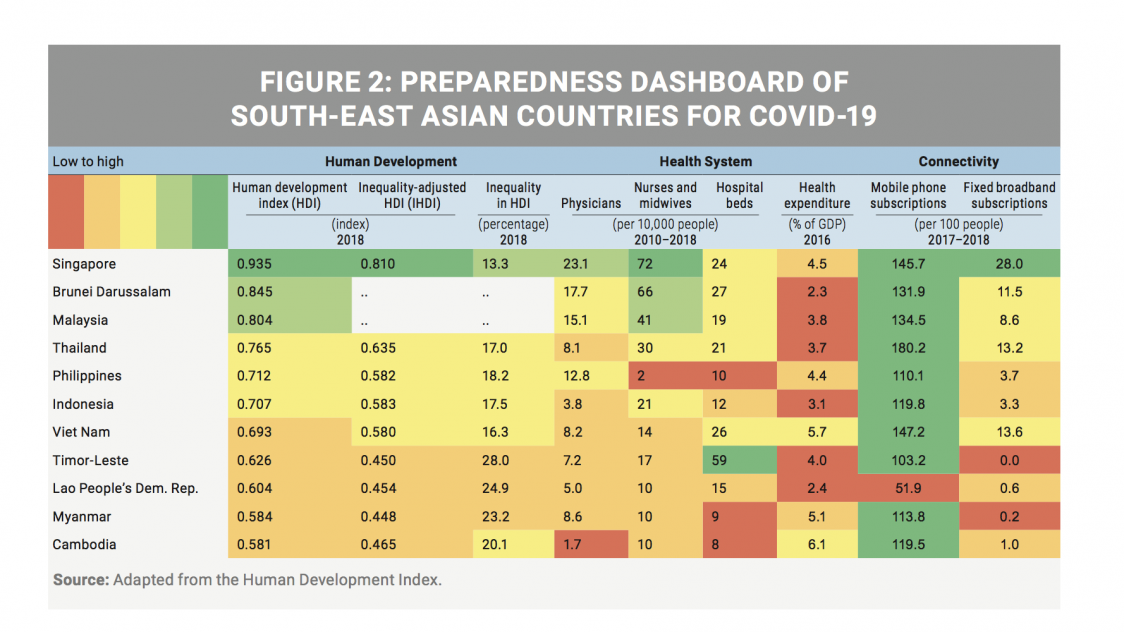
“Definitely, the Philippines needs more investment in health preparedness as reflected in the indicators,” said Armida Salsiah Alisjahbana, executive secretary of the UN Economic and Social Commission for Asia and the Pacific, when asked in a virtual press conference about what the Philippines can do.
‘Close to being overwhelmed’
This comes after the Philippine Department of Health (DOH) warned on Tuesday, July 28, that the country’s health care system is “close to being overwhelmed” as a number of hospitals, especially in Metro Manila, are running out of beds.
The DOH said occupancy for coronavirus and non-coronavirus beds are now at the “warning zone” nationwide.
As of July 27, around 54% or 8,831 out of 16,424 beds are occupied.
The rise in cases has strained hospitals in the capital region, where critical care capacity was at 73% – or in the “danger zone” – as of Sunday, July 26.
To avoid the overwhelming critical care facilities in Metro Manila, the DOH plans to implement a more robust referral system between hospitals.
Health Undersecretary Maria Rosario Vergeire said the DOH tweaked earlier guidelines on the mandatory allocation of critical care facilities to allow public and private hospitals to improve management of patients under a program called the “one hospital command.” (READ: DOH sets up new ‘command system’ as hospitals strain under more COVID-19 cases)
The DOH is also exploring various options to increase the number of health personnel assigned in hospitals, including coordinating with the universities where the medical professionals obtained their degree.
On Monday, July 27, Duterte delivered his 5th State of the Nation Address, but failed to mention the government’s roadmap to fight the deadly virus. (READ: No mention of COVID-19 response roadmap in Duterte’s SONA)
Former government coronavirus adviser Tony Leachon said the Philippines missed the opportunity to address the pandemic when Metro Manila and other parts of the country were placed on lockdown in mid-March. – Rappler.com
Editor’s note: An earlier version of this article said that among Southeast Asian countries, only the Philippines has two health system indicators in red. We have corrected this to include Cambodia.
Add a comment
How does this make you feel?
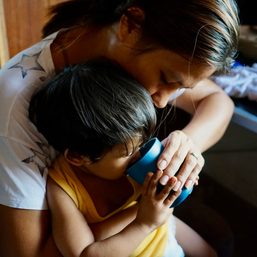
![[OPINION] Beyond infrastructure: Ensuring healthcare access for the poor](https://www.rappler.com/tachyon/2024/03/tl-healthcare-access-03402024.jpg?resize=257%2C257&crop_strategy=attention)
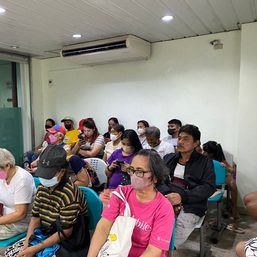



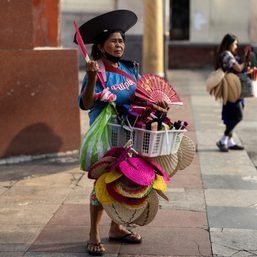
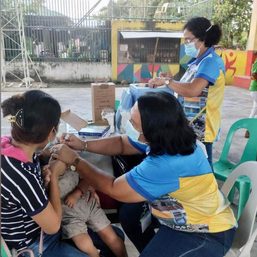
![[Free to Disagree] Sabwatan ng mga doktor at drug companies](https://www.rappler.com/tachyon/2024/04/tl-sabwatan-doktor-drug-companies-April-22-2024.jpg?resize=257%2C257&crop=292px%2C0px%2C720px%2C720px)
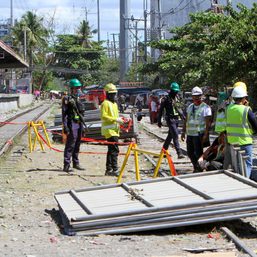
There are no comments yet. Add your comment to start the conversation.